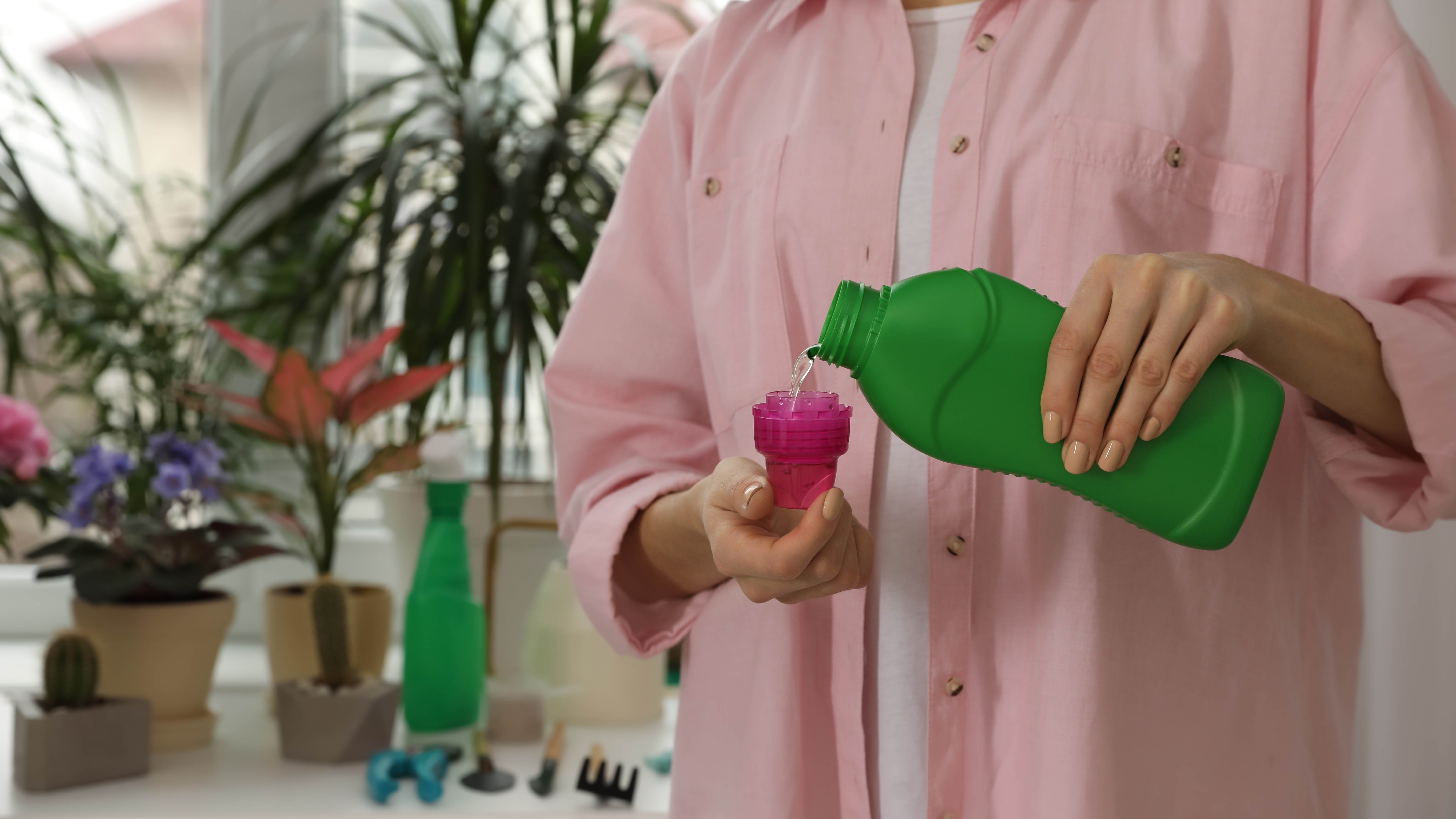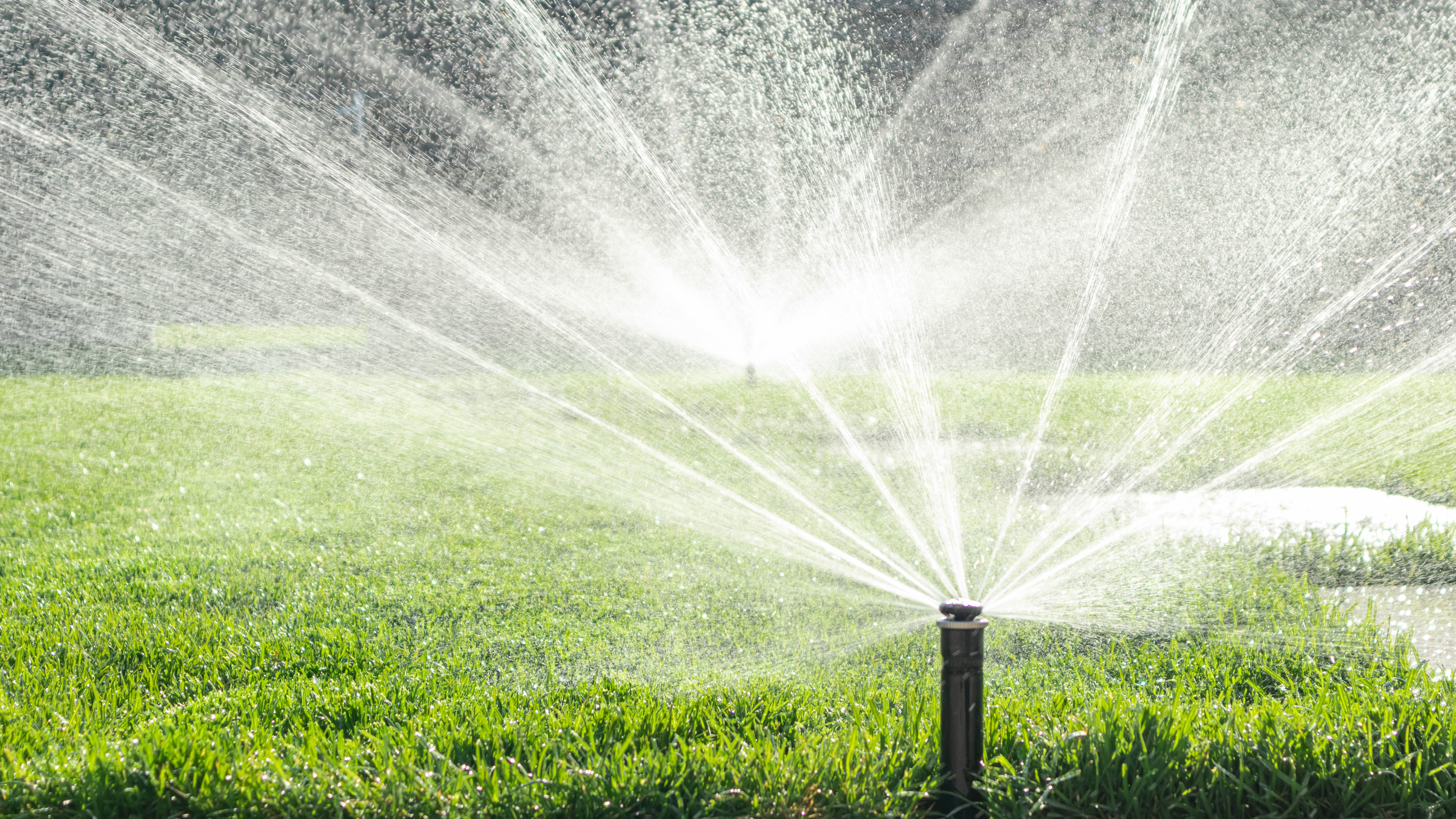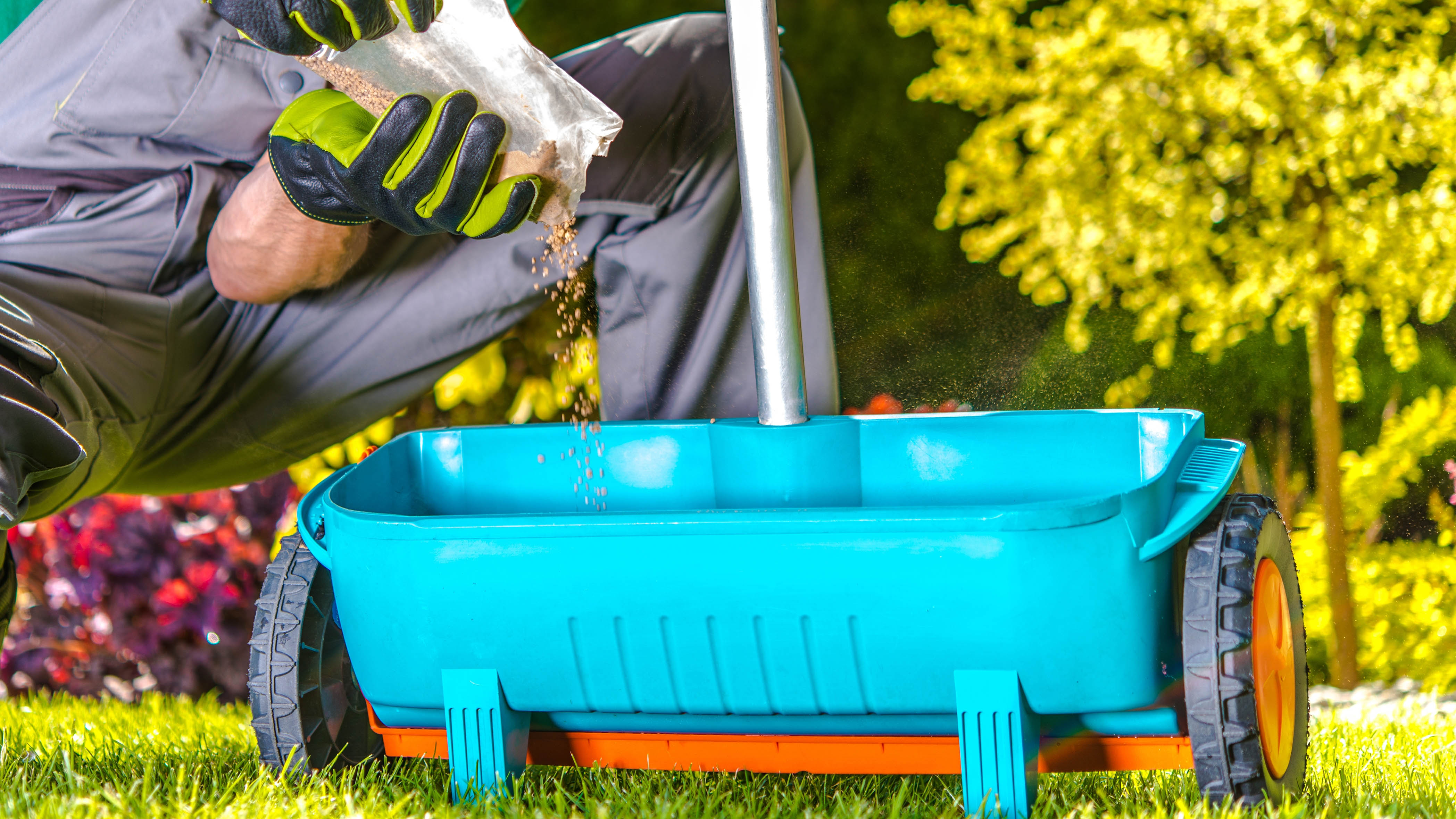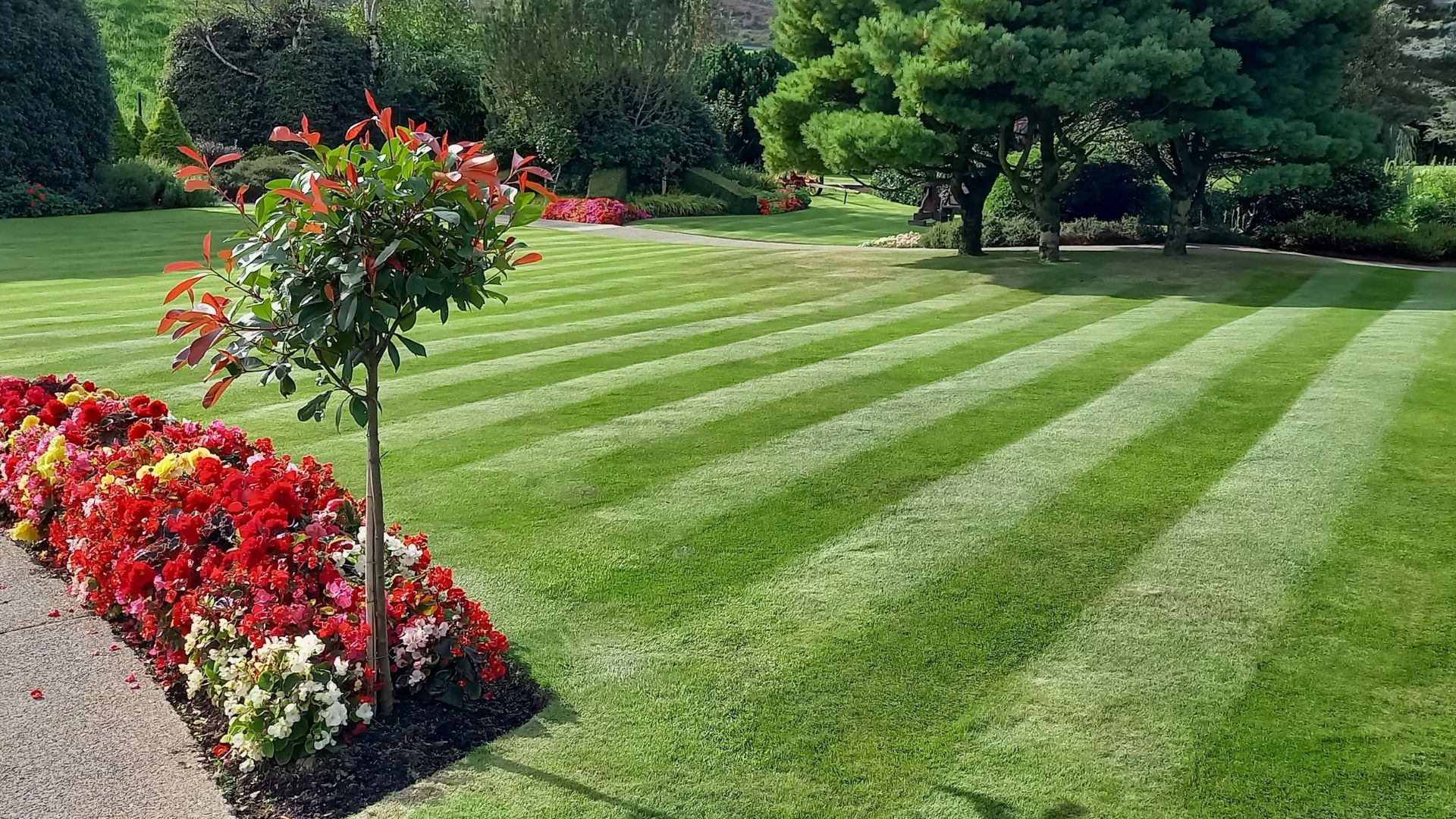5 things you should do before fertilizing your lawn

A vibrant green lawn is the perfect place to enjoy good weather, especially now with summer around the corner. Whether you spend your time playing on the grass or simply enjoying the view, you’ll want your lawn to stay in top condition, and this requires careful maintenance. In addition to regular mowing and watering, fertilizing is one of the top ways to improve your soil for a healthier lawn and it can make a real difference in the look and feel of the grass. This is because fertilizer provides your greenery with the nutrients it needs to grow and thrive, often by providing additional nitrogen, phosphorus and potassium.
Fertilizer is readily available and easy to apply yourself, so there’s no reason not to make it a part of regular lawn maintenance. However, it is important to follow a few simple steps to ensure you’re fertilizing your lawn most effectively. Inefficient fertilizing won’t get you the smooth green lawn of dreams, while under or over-fertilizing can lead to unhealthy soil, dead patches, and uneven grass. By taking the time to do a thorough job, with the right materials and at the right time, you can get your lawn into tip-top shape and enjoy it throughout the summer — and go again next year.
1. Determine your fertilizer schedule

Experts recommend that you fertilize your lawn at least twice a year and up to 4-5 times annually, depending on the quality of your soil and the type of fertilizer you use. The crucial thing is to develop a consistent fertilizer schedule so that your soil maintains a consistent level of nutrients with which to feed your plants. One of these fertilizing sessions should occur just before your grasses start sprouting, so that they are equipped with the best growing materials; this will vary depending on the type of grass you have. Ideally, you would space the fertilizing a few months apart through the year, such as in late spring and early fall for cool-season grasses, and in early spring (after the last frost) and late summer for warm-season grasses. This ensures a flow of healthy minerals to the grass during the prime growing season and again at the end.
While it may seem counterintuitive to fertilize your garden at the end of the summer, this helps to replenish the soil after months of hard work and sets you up for success next year. If you can only fertilize once per year, this will be the best time to do so as you’ll be treating the soil when it needs it most. You can even buy winterizing fertilizer to better protect your plants during the cold months.
2. Choose the right fertilizer for your grass

Depending on the kind of grass(es) you are growing and the soil in which they are growing, you will need to support the plant growth with a specific blend of nutrients. While nitrogen, phosphorus and potassium are the big three ingredients in fertilizer, there are additional secondary nutrients and micronutrients which can also support your plants. Take the time to understand what your grass needs so that you can get the best results for your effort. Nitrogen, for instance, helps to promote growth, leaf development and vivid green color, which is desirable in a lawn but less desirable in crop farming or flower gardens.
You can also find fertilizers which include weed killer in the mix. These can be useful for general maintenance if weeds are making a big appearance, but should not be used right after planting new seeds as it can harm the seedlings as much as the weeds themselves. Similarly, you can buy fertilizer that is designed to support early growth, as well as fertilizer that is for the winter months. By paying attention to these details and treating your lawn with the appropriate materials, you can better enhance the vibrancy of your lawn.
3. Water your lawn strategically

How much you should water your lawn depends on your environment. Young grass needs a lot of water in the early stages, but you can likely get into a routine of watering once per week, depending on rain amounts and temperature levels. Make sure you fertilize your lawn 1-2 days after watering, so that the soil is perfectly primed yet not overly damp. After laying down the fertilizer, lightly water your lawn once again. This may mean applying more water to your lawn than usual but it’s a very important step in the process. This is because rinsing the lawn will wash any extra fertilizer off the blades of grass and into the soil, so you get the full impact of the nutrients you’ve just applied. Alternatively, if you’re experiencing a rainy season, try to time your fertilizing in between showers for a similar effect.
Get instant access to breaking news, the hottest reviews, great deals and helpful tips.
Keep in mind that heavy watering — or a downpour — right after fertilizing may simply wash all that good material away. Similarly, applying to very dry soil won’t allow the nutrients to penetrate the soil and provide meaningful assistance to your plants.
4. Utilize the right spreader

There are many different options when it comes to picking out a spreader for your fertilizer. Each of them serves a useful purpose in the right setting, but it’s important to understand which one will best suit your specific lawn. Broadcast or rotary spreaders are good choices if you’re fertilizing a large lawn and want to extend your reach. Drop spreaders tend to be a bit more expensive as they allow for greater control of your fertilizing, so they are the best choice if you need to be precise in your application.
You can also look for handheld options, such as this Scotts Wizz Spreader for Grass Seed, $25, Amazon, which are well-suited for smaller areas and very easy to use. They are often battery-operated, quicker to fill and calibrate, and are ideal for awkward lawns that may be tricky to use a traditional push spreader on.
5. Do the perimeter first, then fill in

As with mopping, the best way to fertilize is to treat the perimeter of the lawn and then work your way inwards. By applying to the edges first, you have a clear start and stopping point and these header lines will provide useful markers as you treat the rest of the grass. It’s also a good way to ensure that you don’t accidentally spread fertilizer onto a pathway, driveway or flower bed, which can cause harm rather than benefit.
Once you have a clear outline of fertilizer, you can focus your attention on the center of the lawn. The most effective way to do this is to walk back and forth in orderly lines, but a broadcast spreader might be more impactful if you stand at right angles and apply that way around the lawn. No matter which approach you take, walk slowly and ensure a thorough, even application of nutrients throughout the area.
More from Tom's Guide

Despite making her home in urban metropolises, Madeleine Streets has been nurturing a green thumb for decades.
Raised by a garden designer, she is putting that childhood education to use by helping others learn how to make their garden bloom, while filling her own New York home with cat-friendly plants.
When not writing about gardening and the outdoors, Madeleine loves to cook, study wine and borrow books from her local library.
